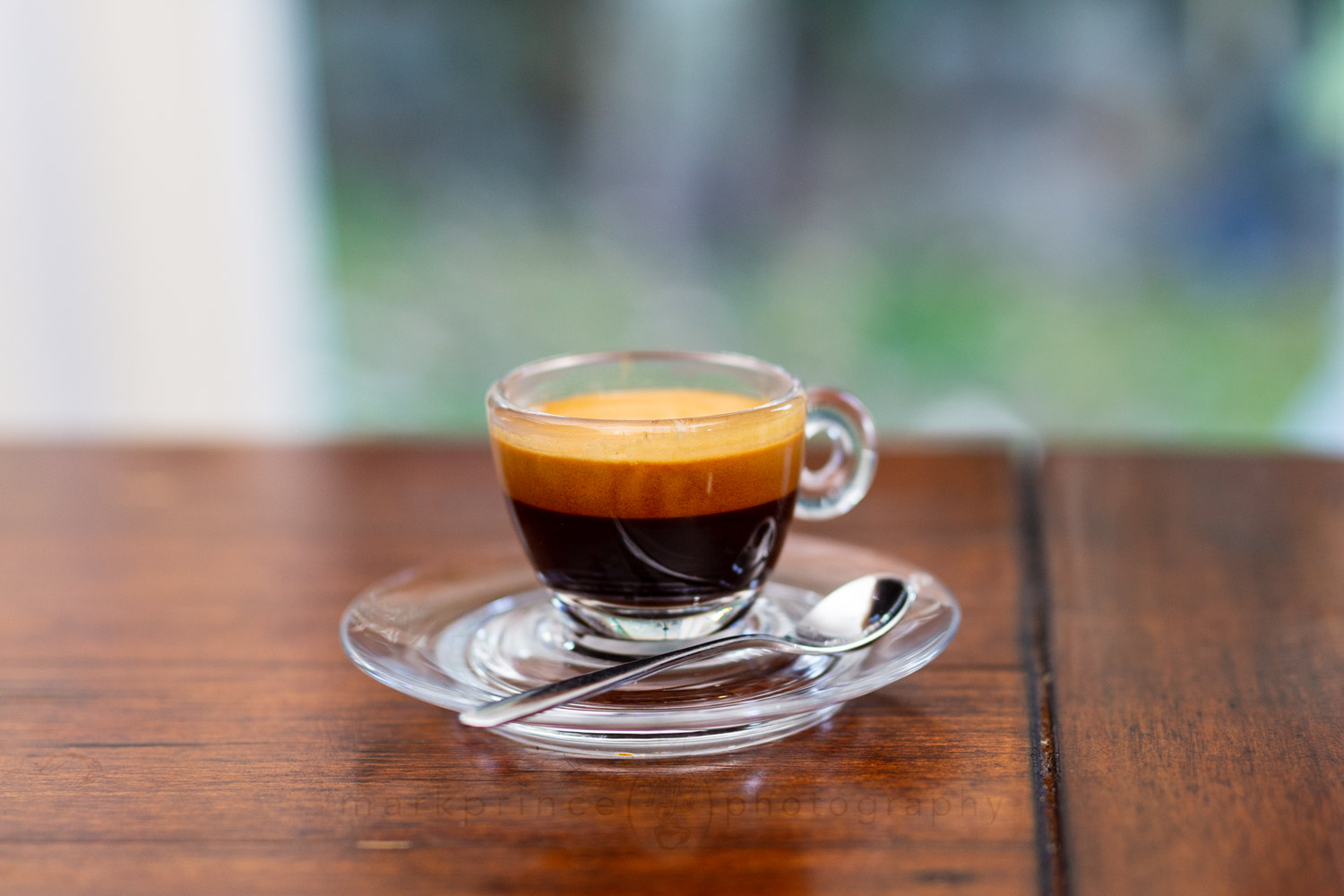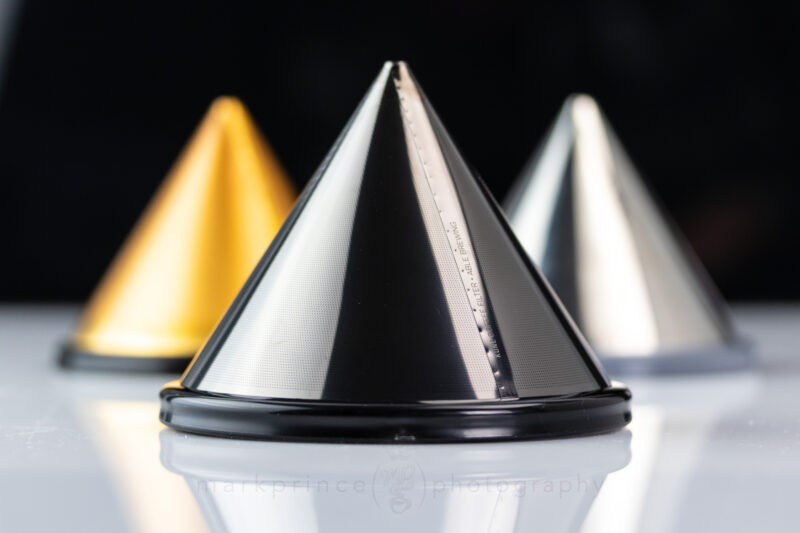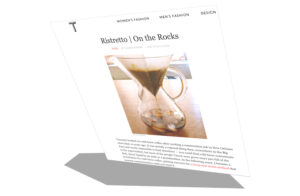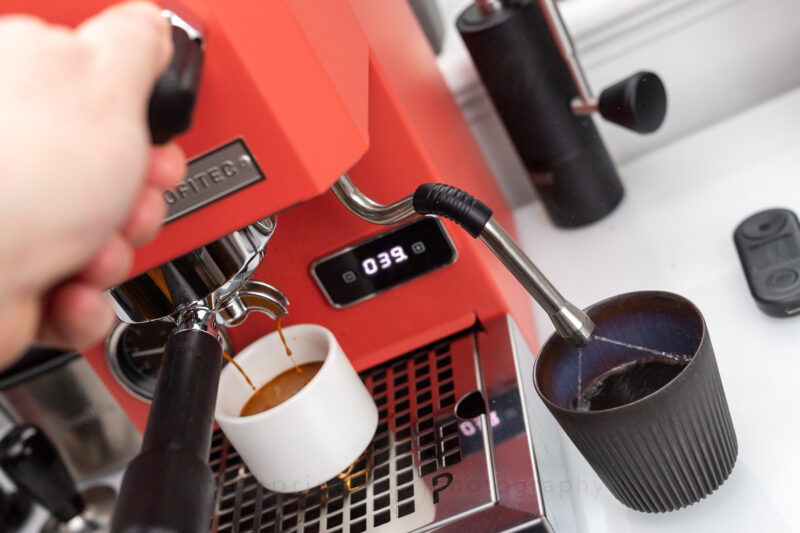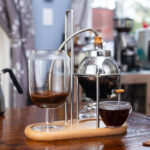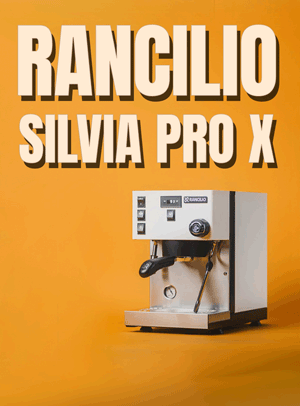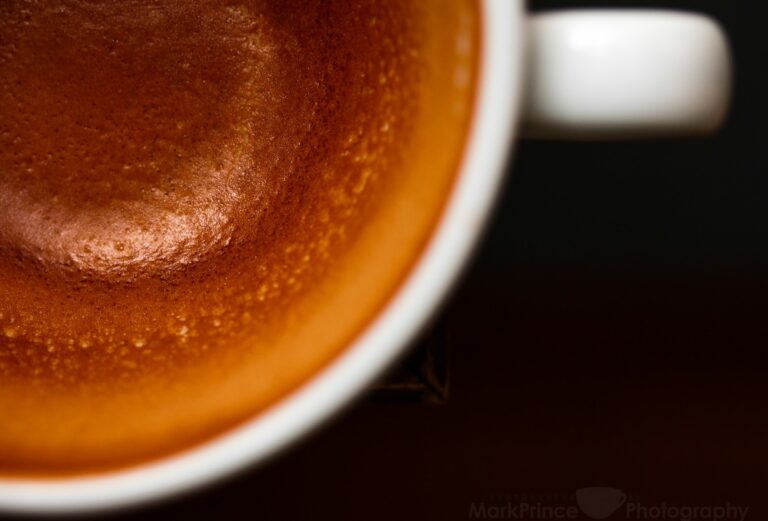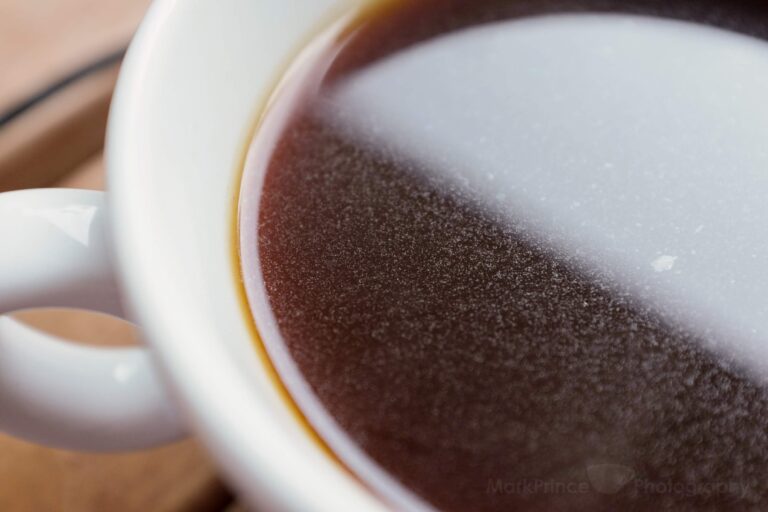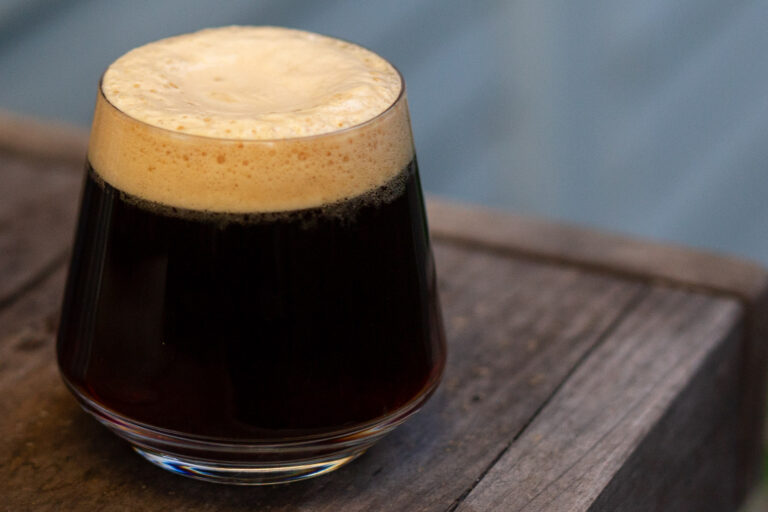Coffee lovers rejoice, for there is nothing like the feeling of taking that first sip of a perfectly brewed espresso, with its dreamy and divine crema, its full-bodied flavor, and that inevitable rush of caffeine that puts the hop, skip and jump back in your step. That you make it at home just ups everything about it.
However, let’s be honest, creating an espresso that rivals that of your favorite coffee shop can be a challenging feat. But fear not, my new found espresso fanatics, for with practice and helpful tips, you can easily become a master of brewing these delightful shots right from the comfort of your own home.
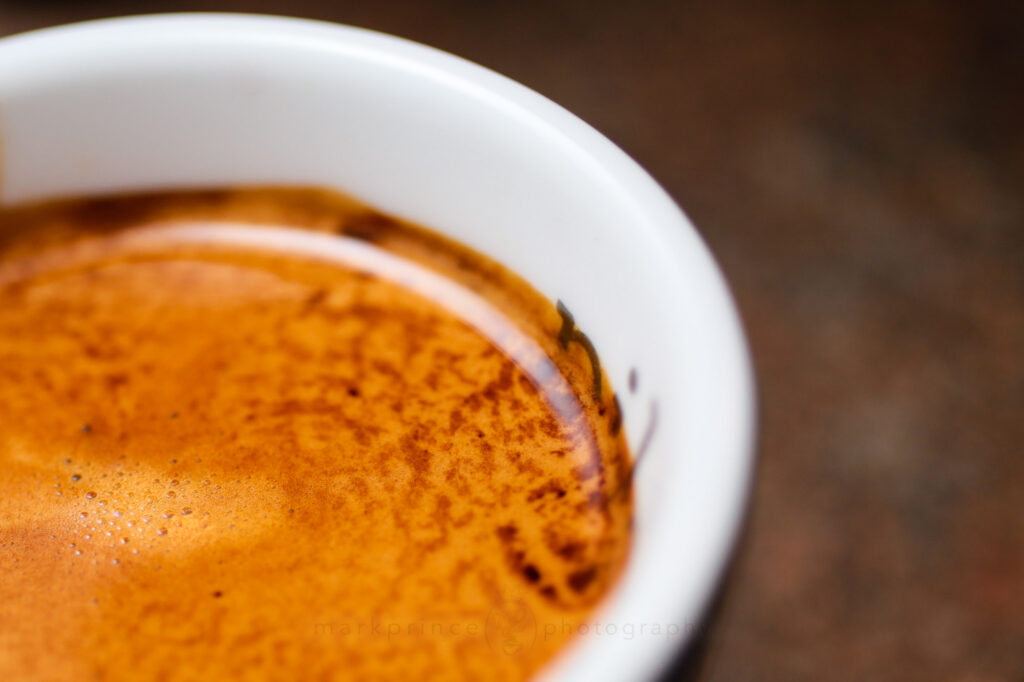
Get a Good Grinder
“Wah, my home espresso has no crema! I want my crema!”
I cannot begin to tell you how much I heard that back in my barista days! The answer, 99% of the time, is they either didn’t own a good grinder (and bought preground) or they used a cheap blade grinder.
Are you in the same boat? It’s time to up your brewing game and invest in a quality, espresso-capable coffee grinder. Not only will you have the freshest-possible grinds, but you’ll have grinds that are even across a size range, providing even coffee extractions delivering tons of crema.
You don’t have to break the bank either. Manual hand grinders like the Timemore Chestnut C3 Pro (I own one!) or the Knock Aergrind can produce a fantastic espresso grind (the caveat is, they can take up to a minute to grind 18g). Budget entry grinders like the Baratza Encore ESP are actually designed to provide a great espresso grind (and a good adjustment range) but can cost less than $200. If you really want to step up, drop $400 on one of the best espresso-primary grinders released in the last year: the Turin DF64 Gen 2.
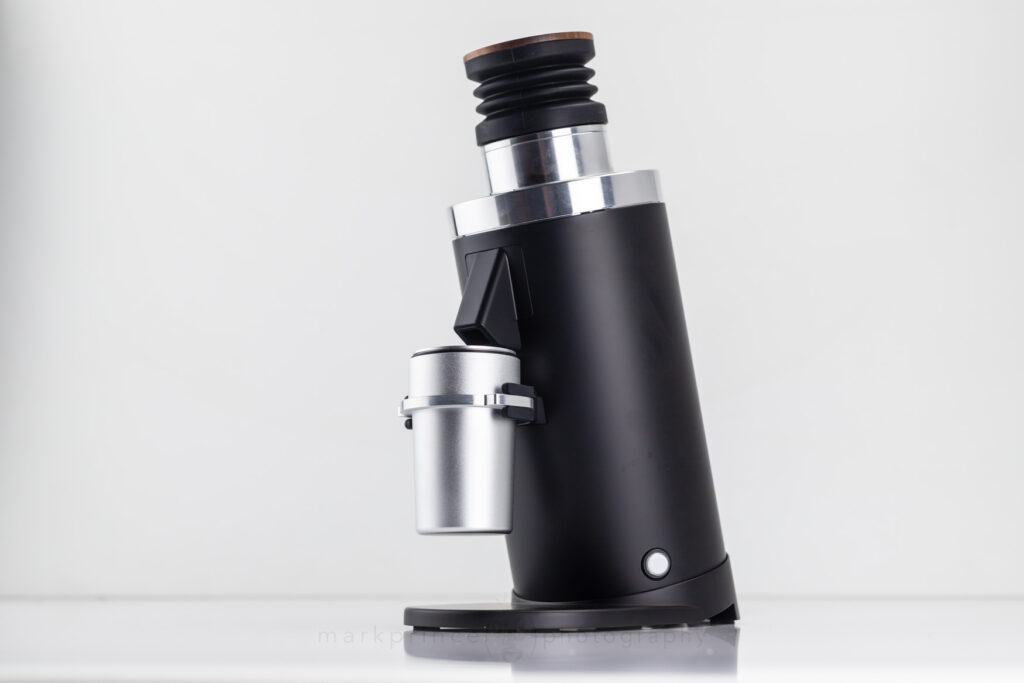
The importance of a consistent grind, ground fresh just before a shot pull cannot be overstated. If you want gobs of crema, you must fresh grind. If you want the richest, most complete shot possible, you must fresh grind in a quality grinder. You might even want to consider spending more money on the coffee grinder, and less on the espresso machine. Between the two appliances, the grinder is definitely the star of the show when it comes to what lands in the espresso cup.
Good Water
Good water is the secret ingredient to making a superlative cup of espresso. That’s right, folks, it’s not just about the beans, the grinder, and the art of latte-making, but the water that goes into it too! Think of it like a superhero team-up – Batman needs the boring old Alfred, and espresso needs the boring but good water. Without it, your shot can end up tasting like murky pond washout.
No one wants murky pond washout.
You may have some excellent water provided straight to your tap from your local municipality. Still not good enough. Invest in a good consumer water filter system. Personally I use the large Brita Countertop and Fridge) 6 litre container for all my coffee and espresso use. Some recommend the ZeroWater system, but it may not be the best choice for coffee: you want some minerals and things floating around in the water, just no chlorine or other contaminates, which the Brita does a good job with.
If you live in an area with hard water, consider using a specific filter to soften it up; indeed a permanent system you install under your sink might be beneficial for all your water use.
Also, don’t be afraid to experiment with different brands of water filter systems to find which one works best for you and your espresso. It really is about taste here. Just remember the importance of good water and how it makes up over 95% of your shot of espresso. It may not wear a cape, but it’s definitely a hero in its own right.
Levelling and Tamping
Next up is the hands on portion of this museum tour… er, wrong article. But we are going hands on. Personal even. This is where you actually have a direct hand in crafting your espresso: by distributing, levelling and tamping down your freshly ground coffee into the portafilter basket.
You might find references online to WDT, RDT and such with regards to levelling and tamping, but that’s advanced stuff and I’m not even going to approach those things.
The important thing to remember here is get your freshly ground dose of coffee into the portafilter, make sure the bed of coffee is nice and level and even before you reach for a tamper. Think of it like you’re building and securing a little fort for your coffee to live in! You want everything to be even and level first!
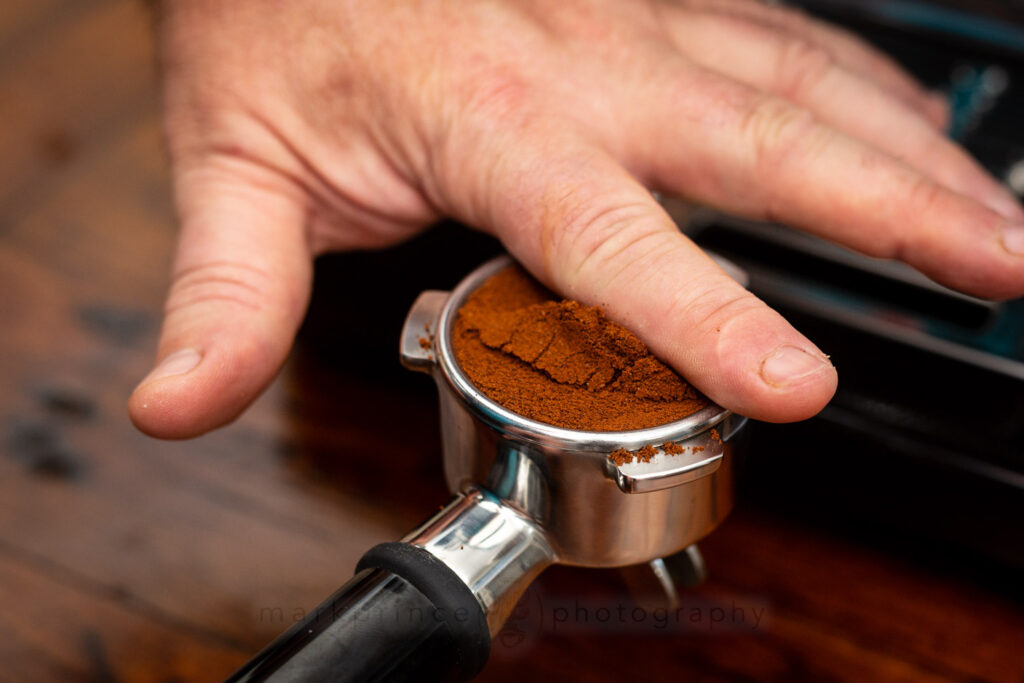
Next, make sure you have a flat surface to place your portafilter. Now, grab your tamper and give it a little twist and push with around 30 pounds of pressure, making sure the entire time the tamper’s piston is as level as possible all around the coffee puck. Not sure what 30lbs of pressure is? Grab your bathroom scale, put a very clean towel on top of it, and tamp down your coffee into the portafilter on the scale, reading the weight measurement. You’ll get the feel for it in no time.
Clean, Clean, Clean!
If you’re like me (or want to become like me, and who doesn’t!), then your espresso machine is your holy grail. It’s your go-to spot for your daily flavor and caffeine fix, and you can’t imagine life without it. But with great power comes great responsibility, and that means you gotta clean it.
Now, I know cleaning can be a drag, but trust me, it’s worth it. Not only will it make your espresso taste better, but it will also help your machine live a longer, happier life. So, without further ado, here are some tips on how to clean your espresso machine:
- Start by giving it a wipe down with a damp cloth. Get rid of any stray grinds, spills, or coffee splashes that may have found a home on your machine.
- Every day or two, empty out the drip tray and remove the basket from the portafilter. Soak them in a solution of hot water and dish soap for at least 15 minutes. Or better yet, soak them in a half tablespoon of Urnex cleaner.
- Use a toothbrush (a new one, not the one you use to clean your teeth!!!) to clean around the group head and steam wand every day.
- Run a cleaning cycle with espresso machine cleaner like the Urnex mentioned above (make sure to follow the instructions on the bottle). Most machines these days ship with some kind of “blind filter” letting you do full backflushes with cleaners. I know some machines want you to do this every 100 or 200 shots. Ick. You should be doing it every few days, or a week at most.
- Rinse your portafilter and baskets afterwards thoroughly with water and dry it all off.
Voila! These steps will not only deliver you better tasting espresso, but will make your machine super happy and ready to give years — decades even — of service because of your attention to detail. Just remember to make cleaning a regular habit, and you’ll be enjoying delicious, perfectly-brewed espresso that will rival the best cafes.
Think of Espresso as Art
Okay, bear with me because this is from left field, but I discovered I started making better espresso at home when I thought of it more as art than science.
I started to see espresso as a canvas waiting to be painted, a blank page waiting for a story to unfold. Think about it: the process of making espresso involves carefully measuring out the perfect amount of coffee beans, grinding it just right, tamping it down just so, and pulling the shot at just the right time. It takes skill and precision, much like a painter carefully selecting colors, or a poet choosing just the right words to evoke specific feelings.
Once I started thinking about espresso as art, I put that much more care and attention into it, which in turn delivered an even better tasting outcome. It’s quite amazing what your brain is capable of, if you see things in a different way! I even wrote a poem about espresso years ago:
A shot of rich and robust delight,
Brewed with precision and deft might,
Espresso, my espresso, a morning lift,
Bittersweet nectar, an invigorating gift.
The aroma swirls, fills the air,
A strong shot, a sense of dare,
Bold notes of crema, that creamy layer,
The taste, unforgettable, nothing to compare.
Sips of steaming warmth, a sense of calm,
Rushing energy, a subtle charm,
Espresso, my espresso, a tiny cup of bliss,
A wake-up call, my comfort morning kiss.
Dreaming up things like this make my espresso better, I swear. Give it a try!
Zuzanna travels the world because of her job, and makes it a point to find the best cafes, best coffee, best espresso in every city, town, or village she visits.
-
Zuzanna Kaminskihttps://coffeegeek.com/author/zussyk/April 16, 2024
-
Zuzanna Kaminskihttps://coffeegeek.com/author/zussyk/March 15, 2024
-
Zuzanna Kaminskihttps://coffeegeek.com/author/zussyk/March 7, 2024

